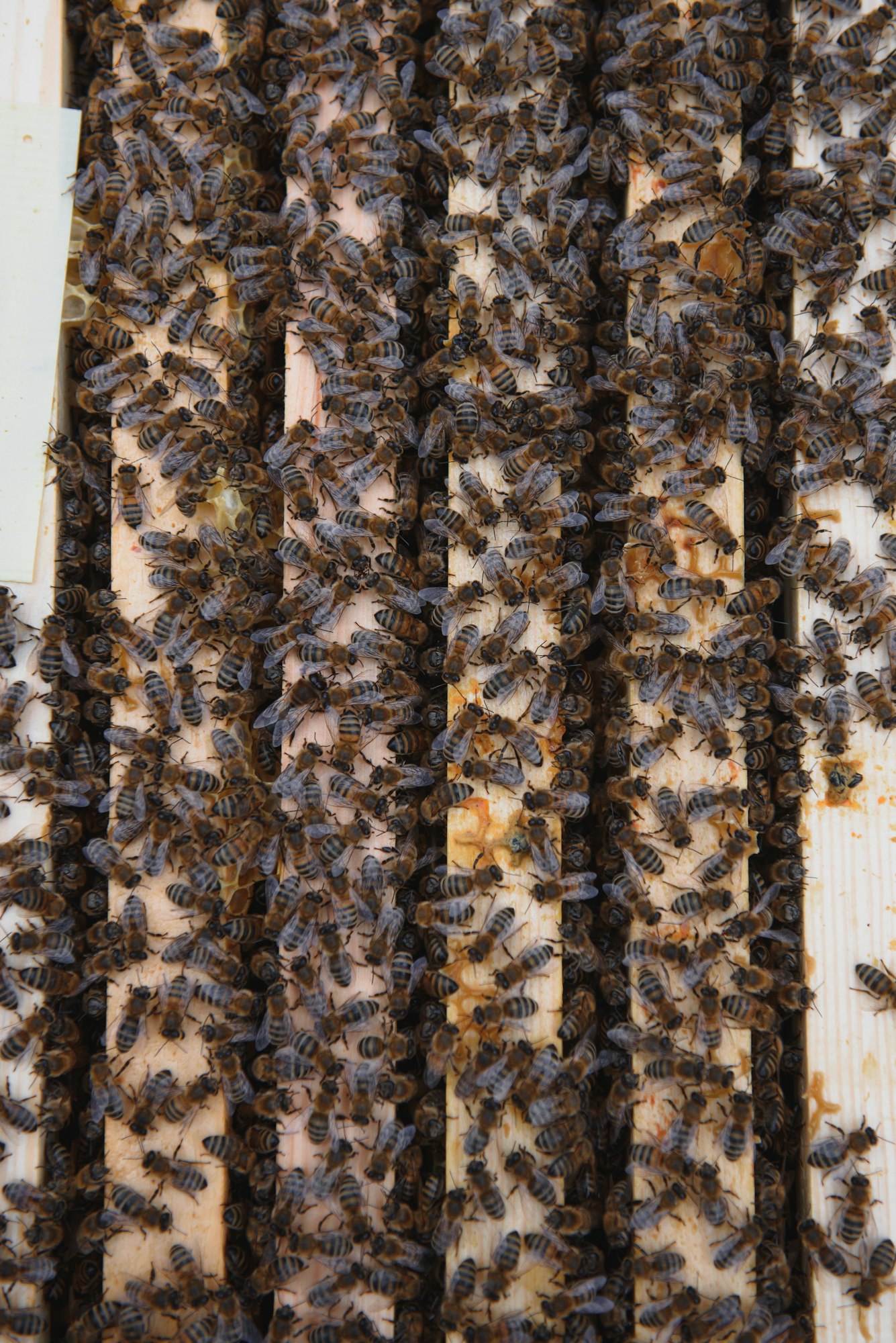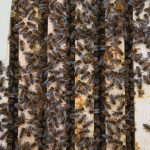Our environment is finely balanced, and every creature plays a crucial role in maintaining this balance. Bees are no exception. They are vital for pollination, which is a necessary process for the growth of most fruits, vegetables, and nuts. However, when bees build a nest in your home, it can pose a problem. You want to get rid of the nest without causing harm to the bees or your property. This article will guide you through the process of safe and humane bee nest removal.
Understanding the Bees and their Nests
Before taking any steps towards removing a bee nest, it’s important to understand these intricate creatures and their nesting habits. Contrary to popular belief, not all bees live in hives. In fact, many species of bees, including the majority found in the UK, prefer to nest in the ground or in cavities in trees or buildings. These nests can be anything from a small hole in the ground to a complex system of tunnels and chambers.
Cela peut vous intéresser : What are the pros and cons of the badger cull in the UK?
It’s also essential to know that not all bees are pests. Many are harmless and pose no threat to humans unless provoked. However, if a nest is in a high-traffic area of your home or if you or a family member is allergic to bee stings, removal may be necessary.
Identifying the Species
Identifying the type of bee you’re dealing with is the first step in the removal process. Different species have different nesting habits and levels of aggression. The three main types of bees you’re likely to encounter in the UK are honey bees, bumblebees, and solitary bees.
A lire aussi : Why are red squirrels in the UK threatened, and how can we support their populations?
Honey bees are the ones we most commonly associate with bees. They live in large colonies and produce honey. These bees will defend their nest aggressively if they feel threatened.
Bumblebees are larger and fuzzier than honey bees. They live in smaller colonies, usually in the ground or in cavities. Bumblebees are generally less aggressive than honey bees but will defend their nest if necessary.
Solitary bees are the most common type of bee in the UK. As the name suggests, they live alone rather than in a colony. Solitary bees are usually harmless and rarely sting.
Knowing the type of bee you’re dealing with will help you determine the best course of action for removal.
Preparing for Bee Nest Removal
Preparation is key when it comes to safe and effective bee nest removal. You’ll want to ensure you’re adequately protected and have the right tools for the job.
Firstly, consider your clothing. You should wear long sleeves, trousers, and closed-toe shoes. Even the gentlest of bees may sting if they feel threatened, so it’s best to cover as much skin as possible.
Next, think about the timing of your removal. Bees are less active in the early morning or late evening, making these the best times to approach the nest.
Finally, have a plan for where you’re going to relocate the bees. You’ll want to choose a location away from your home but still within their foraging range. A spot at least 5 metres away should be suitable for most species.
Safe Bee Nest Removal Methods
Now that you’re prepared, it’s time to move on to the removal itself. There are several methods you can use to remove a bee nest safely and humanely.
If the nest is small and easily accessible, you might be able to do it yourself. Using a plastic container and a piece of cardboard, you can carefully scoop up the nest and move it to a suitable location.
For larger nests or those in difficult-to-reach locations, it’s best to hire a professional. Pest control experts can safely remove the nest without harming the bees or damaging your property.
In some cases, you might be able to encourage the bees to move on their own. Creating a disturbance, such as a smoke source near the nest, can sometimes make the bees decide to relocate.
Calling in the Experts
While it’s possible to remove a bee nest yourself, sometimes it’s best to leave it to the professionals. Professional beekeepers or pest control experts have the knowledge and equipment necessary to safely remove a bee nest without harming the bees.
In the UK, the British Beekeepers Association (BBKA) can provide advice and assistance in dealing with bee nests. They can help you determine the best course of action and may even be able to remove the nest for you.
Remember, bees are vital for our ecosystem. Always approach bee nest removal with caution and respect for these important creatures.
DIY Vs Hiring a Removal Specialist
Doing it yourself versus hiring a removal specialist can be a tough decision when it comes to bee nest removal. Certainly, removing a bee nest yourself can save you money, but it’s not always the safest or most effective option.
If you’re dealing with solitary bees or a small nest of bumblebees, DIY removal might be possible. As mentioned earlier, these bees are typically less aggressive and their nests are easier to handle. However, it’s vital that you take proper precautions — wear protective clothing, work at a time when bees are least active, and ensure you have a relocation plan in place.
However, if you’re dealing with a large colony of honey bees, it’s advisable to hire a professional. Honey bees are more aggressive when threatened and their nests can be extensive and difficult to remove without specialized knowledge and equipment.
Professional bee removal services have the right training and tools to safely remove bee nests. A removal specialist will first assess the situation, then use a safe and effective approach that causes minimal disruption to your home and the bees. The bees will then be relocated to a safe location, often a local apiary where they can continue to contribute to the ecosystem.
If you’re concerned about the cost of hiring a removal specialist, consider this: if a removal goes wrong, you could end up with a swarm of angry bees in your house or yard. This could lead to bee stings, potential allergic reactions, and even property damage. In the long run, hiring a professional could save you time, money, and stress.
Conclusion: Protecting Bees is Everyone’s Responsibility
In conclusion, bees are essential to our ecosystem, and their conservation is critical. Despite the inconvenience that a bee nest in your home might cause, it’s crucial to remember the significant role these creatures play.
Whether you choose to remove the bee nest yourself or hire a pest control professional, always aim for a solution that prioritizes the safety of both the bees and your family. There’s no need to destroy a bee colony out of fear or misunderstanding.
Through understanding and patience, we can co-exist with bees, appreciating their contribution to our world while maintaining the comfort of our homes. So next time you discover a bee nest in your yard or property, remember these tips and proceed with care and respect for our buzzing friends.
If you feel overwhelmed by the task, don’t hesitate to call in the experts. Groups like the British Beekeepers Association (BBKA) are dedicated to preserving bee populations and can provide valuable advice and assistance.
Remember, every creature, including bees, has a role to play in our environment. Let’s all do our part in maintaining this delicate balance.











